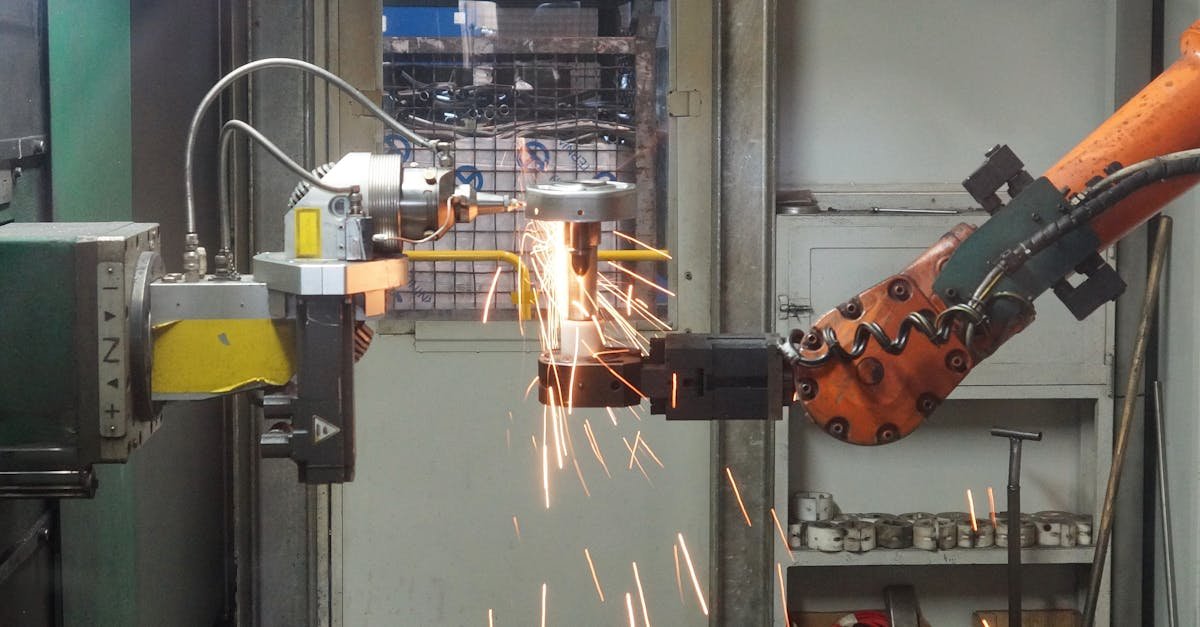Navigating RPA Platforms: Insights and Tips for Managers
So, navigating RPA platforms, huh? That’s like walking through a digital jungle at times. You think you have a clear path, and then—boom!—there’s an unexpected hurdle. But let’s chat about this a bit. It’s not all doom and gloom. In fact, it can be pretty exciting. (Seriously—did you see what I stumbled upon last week? But we’ll get to that in a moment…maybe.) The Basics of RPA (Or, You’ve Probably Heard of It) Alright, RPA—Robotic Process Automation. It’s just a fancy way of saying we let software robots do the repetitive, mundane tasks that previously had us pulling our hair out. Think of it as a digital assistant but without the coffee runs. (Still working on that part.) Efficiency: Like, who wouldn’t want to cut down on human error? It’s like finding an extra hour in your day. Cost-Effective: You know those days where you think, “If I had five dollars for every time I wasted time on manual data entry…”? With RPA, that thought could become a distant memory! But oh, the bumps in the road. Challenges That Make You Go “Hmm…” Managing RPA platforms isn’t all rainbows and sunshines. There’s a reason why navigating ‘em feels like riding a roller coaster. Sometimes the design isn’t user-friendly. Right? (And many managers wonder, “Why’d we choose this? It seemed easier in theory…”). Integration issues: You’d think everything would click together seamlessly. Spoiler alert: it rarely does. Change resistance: Some team members—love them dearly—are stuck in their ways. “Why can’t we just keep doing it the old way?” Cue the head scratching. So, here comes the fun part—how do you as a manager make all this work? (I mean, assuming you aren’t just sitting there pondering life’s big questions—like if pineapple belongs on pizza. Spoiler: It totally does.) Actionable Tips That Don’t Feel Like a TED Talk Communication is Key: Always. Tell your team why RPA is beneficial. “Hey, less manual labor equals more time for the fun stuff!” (What’s the fun stuff? Anything but data entry, am I right?) Training! (Surprise, surprise): And this can be an adventure! Consider hands-on workshops (with snacks. Always with snacks), and provide resources like quick-start guides. Maybe even some snazzy infographics, because who doesn’t love a pretty picture? Celebrate Wins: When the bots actually save some time, do a little happy dance! (Seriously, maybe cue some music in the office. Makes the mundane feel a tad more festive.) Stay Adaptable: The tech world is like a chameleon—ever-changing. Keep updating your processes! Adapting is what keeps things from getting stale (and no one wants stale nachos, right?). Get Feedback: Open those channels of communication. A simple, “How’s this working out for you?” can go a long way. Who knows? There might be some brilliant insights hiding in the minds of your everyday team members. Conclusion (Of Sorts) The journey through RPA platforms isn’t exactly a walk in the park. It’s more like a delightful stroll through a quirky carnival—filled with fascinating characters, odd surprises, and yes, some dizzying rides. But with the right mindset and strategies, you can turn potential chaos into a well-oiled machine (or at least one that doesn’t sputter every now and then). Just remember, managers—your role is to steer the ship. And while you may hit some waves, always keep your eye on the horizon. (And hey, if all else fails, there’s always the coffee to keep you company through those late-night troubleshooting sessions!) Now go on, grab your favorite beverage and see how you can transform your team’s operations with those nifty little bots! ‘Cause the future is looking bright! So, where’s that coffee again? ☕
Navigating RPA Platforms: Insights and Tips for Managers Read More »









